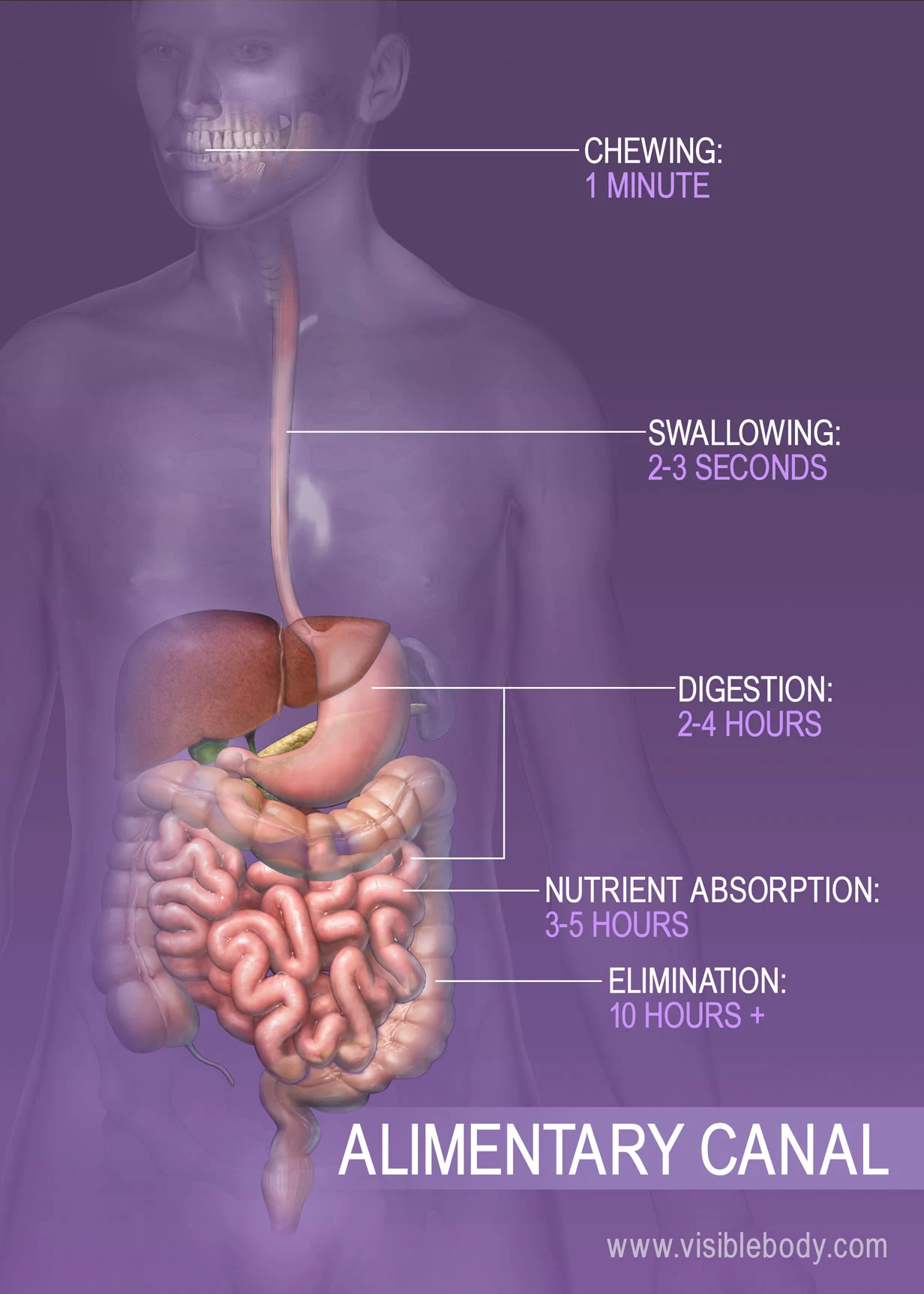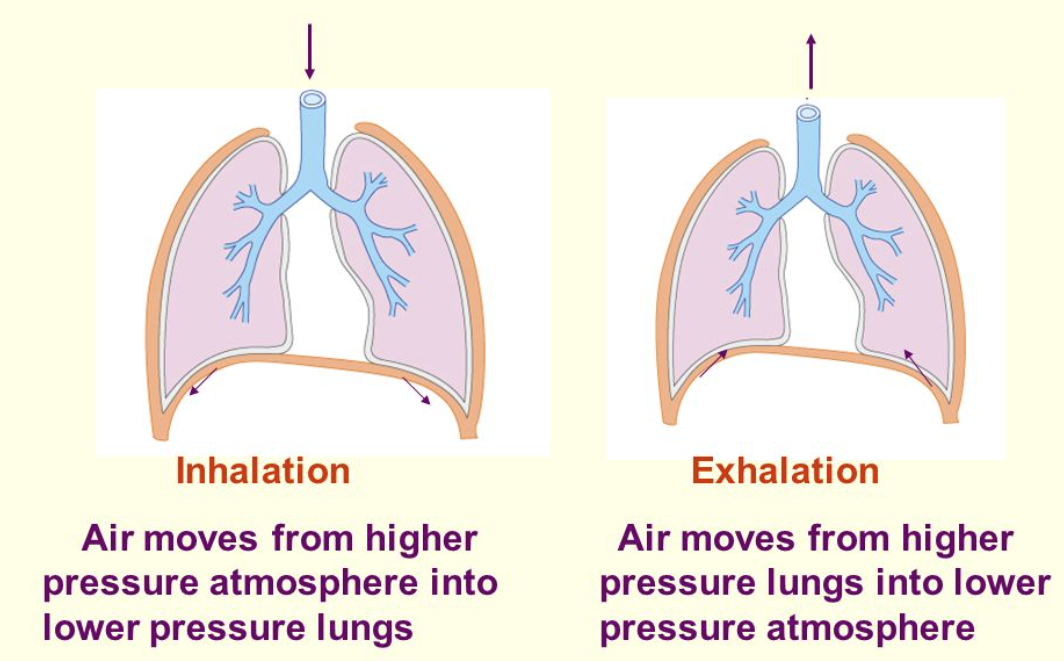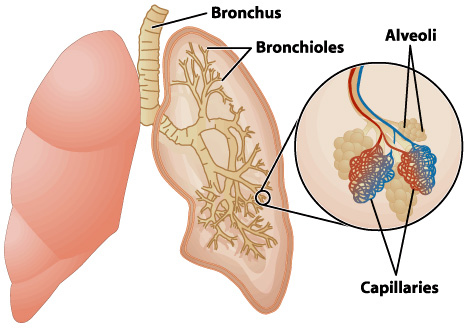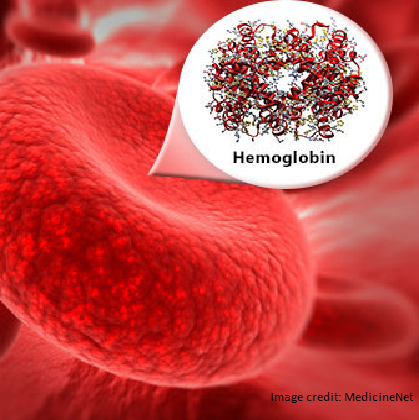Meet the Respiratory System
Meet your body's breath-taking team! The respiratory system includes the nose, mouth, throat, voice box, windpipe, and lungs. It’s a super cool air filter and pump system that keeps you breathing easy. How does it work?
Meet your body's breath-taking team! The respiratory system includes the nose, mouth, throat, voice box, windpipe, and lungs. It’s a super cool air filter and pump system that keeps you breathing easy. How does it work?


Your lungs are filled with tons of tiny air tubes called bronchi. These split into even tinier tubes called bronchioles, leading to about 300 million tiny air sacs called alveoli, where oxygen gets into your blood!

Your red blood cells carry oxygen through the bloodstream. They have a special protein called hemoglobin that grabs the oxygen in your lungs and delivers it to all the cells in your body.

Sometimes things go wrong. For example, hypoxemia occurs when not enough oxygen reaches your cells. This can lead to cell death. Asthma happens when the airways get inflamed and make it hard to breathe. People with asthma use a device called an inhaler to relieve symptoms.
Isn’t your respiratory system fascinating? It’s at work every second to keep you alive!
Meet Sam: Sam is a 9-year-old who loves playing soccer. Lately, Sam has been feeling off and needs your help to figure out why. The Doctor's Visit: Sam’s mom took him to the doctor. Sam reported that he felt…
After running tests, Sam’s doctor told him that he was running low on iron, a chemical that makes hemoglobin.
Your Task: Based on Sam’s symptoms, can you figure out what might be causing him to feel this way?